Rosecb
Greenie
Hey guys let me start by saying I'm new to the site and also new to artifact hunting. I've always looked for arrowheads and artifacts but never really "hunted" them until the last few weeks and it has got to be one of the most interesting things I've done. Needless to say I'm hooked. My questions has to do alot with the title, I have a jam up place to artifact hunt only problem is it obviously has already been hunted and hunted hard. The set up is ideal, two nice bluffs with overhangs, one facing south and the other Southwest. Someone at some point spent countless hours digging and sifting against the bluffs, going down to solid Rock in some places and 4ft deep in others maybe even 5. I have started re sifting through what has previously been dug but really to no avail. The bluffs are dug from against the wall out maybe 4 ft and their sifting is piled maybe 8-12ft from the bluffs. Is it worth digging past their sifts and going a couple feet deep 8-12ft from the actual wall? I realize you have to put in the work to really know but this digging and sifting is quite time consuming and I don't have alot of time when I'm there. (Work, kids, etc) I'm just looking for information on past experience nothing more. One other question there is a very nice spring running out of the bluff straight into the creek (about 30 ft from the bluff to waters edge) that doesn't appear to have been dug, any idea why or is it not somewhere they would have spent lots of time. There is lots of Flint around it but not really any signs of past digging? I apologise for the long post and will try to post a few pictures. I have read lots on this forum about bluffs and overhangs but thought my questions were different than any of the previous posts.
Upvote
0


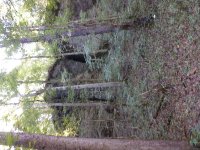
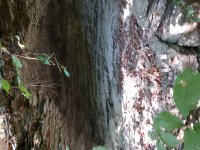
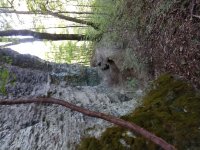
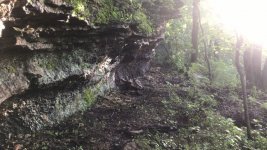
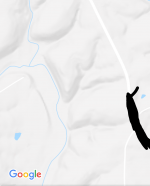
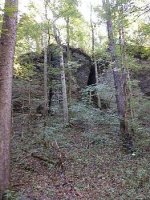
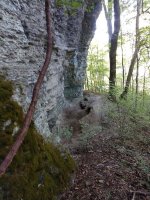
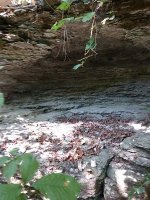
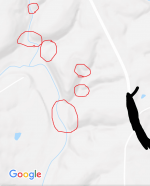
 ... would need the topographic info...don't give it to me lolol. If they lived at the shelter they hunted up to many miles from there and days to weeks of time. Game would be taken or take off near the camp. I'd look for those kill zones where they intersect the river/creek where there is a ford of sorts, or where there was a ford.
... would need the topographic info...don't give it to me lolol. If they lived at the shelter they hunted up to many miles from there and days to weeks of time. Game would be taken or take off near the camp. I'd look for those kill zones where they intersect the river/creek where there is a ford of sorts, or where there was a ford.
